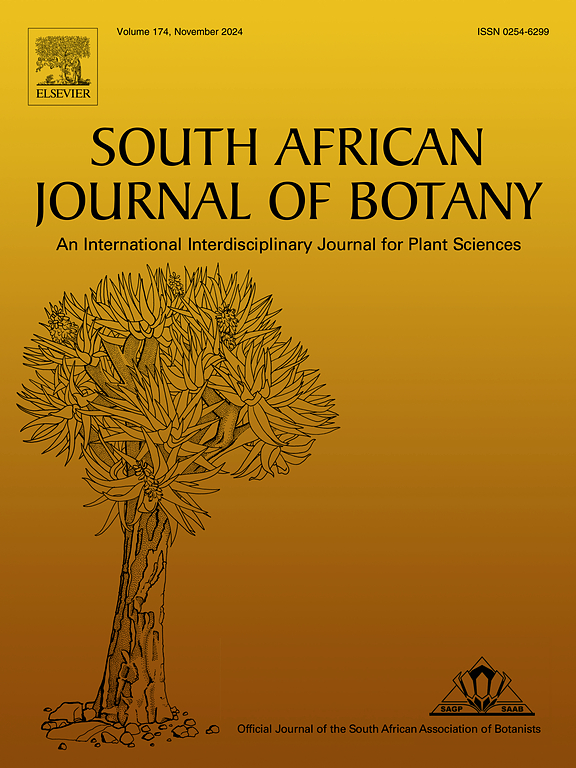Exploring the leafy coriander Coriandrum sativum L. (Apiaceae): A comprehensive review on the metabolomics properties
IF 2.7
3区 生物学
Q2 PLANT SCIENCES
引用次数: 0
Abstract
Leafy coriander often regarded as “cilantro” has drawn increasing attention since it serves as a vegetable medley and flavour enhancer in cuisines worldwide, among the different parts of the coriander being used. The short growing season, greater demand, high nutritional content, low initial cost, minimal input requirements, and greater yields have all contributed to the recent surge in popularity of leafy coriander compared with the popularity of coriander grown for its seeds. Evolutionary roots, extensive genome sequencing have explored the evolutionary links and genetic diversity of coriander, delving into its phylogenomics. Molecular breeding based on modern novel genetic variants offers immense opportunity to evolve new varieties with improved leaf quality. Cilantro is a major source of antioxidants and acts as a natural supplement of antioxidants rather than synthetic antioxidants in the pharmaceutical industry. Ultimately, exploring variants for improved leaf quality, adaptation mechanisms and ethnomedicinal value guarantees improved conservation, food safety and security. Given that it has a safe profile, it can be used to treat ailments and alleviate nutrient shortages. The phytoremediation of contaminated soils, aromatherapy for anxiolysis and potential alternative properties of biofuel are some of the other emerging potential uses. The present review emphasizes the phylogenetic, nutritional, metabolomics and pharmacological value of coriander in the context of leaves.
香菜科植物芫荽的代谢组学研究综述
叶状香菜通常被称为“香菜”,由于它在世界各地的烹饪中被用作蔬菜混合物和风味增强剂,在香菜的不同部分中被使用,因此引起了越来越多的关注。生长季节短、需求大、营养含量高、初始成本低、投入要求低以及产量高,这些都是最近叶香菜受欢迎程度激增的原因,而不是为其种子而种植的香菜。进化根源,广泛的基因组测序探索了香菜的进化联系和遗传多样性,深入研究了它的系统基因组学。基于现代新遗传变异的分子育种为进化出具有优良叶片品质的新品种提供了巨大的机会。香菜是抗氧化剂的主要来源,在制药工业中作为抗氧化剂的天然补充而不是合成抗氧化剂。最终,探索改善叶片质量的变异,适应机制和民族医药价值,保证了更好的保护,食品安全和保障。考虑到它的安全性,它可以用来治疗疾病和缓解营养短缺。污染土壤的植物修复、抗焦虑的芳香疗法和生物燃料的潜在替代特性是其他一些新兴的潜在用途。本文综述了芫荽叶的系统发育、营养、代谢组学和药理价值。
本文章由计算机程序翻译,如有差异,请以英文原文为准。
求助全文
约1分钟内获得全文
求助全文
来源期刊

South African Journal of Botany
生物-植物科学
CiteScore
5.20
自引率
9.70%
发文量
709
审稿时长
61 days
期刊介绍:
The South African Journal of Botany publishes original papers that deal with the classification, biodiversity, morphology, physiology, molecular biology, ecology, biotechnology, ethnobotany and other botanically related aspects of species that are of importance to southern Africa. Manuscripts dealing with significant new findings on other species of the world and general botanical principles will also be considered and are encouraged.
 求助内容:
求助内容: 应助结果提醒方式:
应助结果提醒方式:


